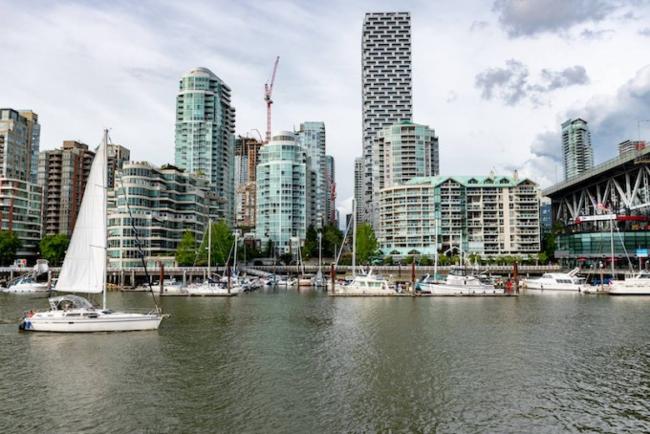Articles Menu

Oct. 10, 2023
When it comes to addressing the housing crisis, few people think about zoning. The correlation isn’t easily apparent, despite this being the most powerful tool cities have.
Apartments were smaller and less expensive options, and often housed racial minorities, the gay community, single mothers, low-income families, or other marginalized populations that faced outright discrimination and racism when seeking a place to live. These groups were often banned from owning property and had few legal protections as tenants. The desire to limit apartments was a guise to exclude people who were deemed unsuitable or undesirable to the ideal white, heterosexual and middle to upper class family. Communities of detached, single-family homes were preserved for this status quo, and zoning laws were used to protect this. Regulating apartments allowed cities to segregate based on class and socioeconomic background.
J.A. Patton was another individual who became involved in the town planning of Vancouver in the early 20th century. A research paper by John Bottomley highlights Patton’s thoughts on the subject: “His aim was to create in Point Grey a ‘first class residential district’ free from the blight of apartments and ‘orientals.’”
This racism was also blatant in official documents. Up until the 1950s, for example, some legal covenants in West Vancouver’s British Properties stated that “no person of the African or Asiatic race, or of African and Asiatic descent, except servants of the occupier of the premises and residence…shall reside or be allowed to remain on the premises.”
Though this language has since largely been removed from legal documents, the desire to prevent apartments is still very much ingrained in our modern bylaws. Even today, there is no zone that permits apartments outright—despite the City of Vancouver’s bylaws having more than 800 zoning districts.
Currently in Vancouver, apartments of all kinds provide some of the most liveable, affordable, and sustainable communities because they allow for compact, lively neighbourhoods close to work, amenities, and services. So why do we continue to maintain an approach to urban development that is rooted in discrimination and social inequity?
The City has acknowledged that adding density is desperately needed to address our housing shortage, but action has been excruciatingly slow. On September 14 of this year, Vancouver passed a policy to allow multiplexes in some residential-only zones across the city, now making space for up to six strata units on most detached, single-family lots (where previously only single, detached houses were permitted). This policy, almost a decade in the making, is still saddled with fees and regulations, with staff anticipating a mere 150 multiplex applications annually. This means that this new policy will do little to make a dent in our severe housing shortage.
By perpetuating our zoning roots, we are not only falling behind on our sustainability and housing targets, but also furthering the discrimination and segregation that results from zoning. We continue to marginalize populations by privileging those who are wealthiest and most comfortably housed. And now, at nearly every opportunity to add density, whether through low- or high-rises, it is the prevailing status quo—mostly white, wealthy, upper class, detached-home owners—who are given the voice to make disparaging comments about the future residents of such buildings.
Instead of making little incremental tweaks to an outdated tool, we should be focused on new policies that make it easy to build the type of inclusive, climate-friendly, and diverse communities that we know will result in the betterment of our city.
A bold step forward would be to unequivocally permit six-storey apartment buildings with commercial and retail spaces throughout the city—a prioritization of the neighbourhoods hurt by our original zoning bylaws. We must end the harmful discrimination of our past and eradicate zoning regulations that perpetuate social inequity. It’s time to go beyond acknowledging that density is needed and actually do something about it.
[Top: PHOTO BY NATTIPAT VESVARUTE VIA PEXELS.]